SummaryAirport Rating ***** Reception of locals ***** Cost: ££
Earthquake 1-0 EmpireIt was a friend's stag that brought me to a city I've wanted to visit for a long time, but as with most stags, there isn't time for too much sight seeing. That being said, I managed to get out and about a little bit and the bits I saw were very impressive. I learned a couple of interesting facts during my trip to Lisbon: (1) it's the most western capital city in Europe, which seemed like it made sense, and (2) it's one of the oldest cities in western Europe, predating London, Paris and even Rome - which certainly surprised me. When you think of it, it makes sense. Coastal cities in southern Europe were mainly founded by seafaring people such as the Phoenicians, and later the Carthaginians, Greeks and Romans. Lisbon is allegedly a Phoenician city dating back to at least the first millennium BC. Lisbon was already a decent sized city by the time the Romans arrived, and the Arabs considered it an important and strategic city during their rule. However, it wasn't until the golden age of the Portuguese Empire nearly a century later that Lisbon really came into its own, and for a brief period in the 16th century was one of the most important cities in the world. This is when the city became the docking point for Portuguese trade ships coming in from the far east, southern Asia and the Americas. The riches brought back made it one of the wealthiest and well developed cities in the western hemisphere. Good times don't always last, and while most large cities slowly cede their status as the leading economic power of their time, Lisbon's turn at the top met a more violent end. In 1755, one of the largest earthquakes to hit western Europe devastated Lisbon. 85% of all buildings were destroyed and up to a third of the population killed. The destruction of the city sent shockwaves around Europe, and a whole generation of poets, writers and artists were influenced by the aftermath. Lisbon never again reached the heights achieved before 1755, but it remains an important and progressive city as the capital and largest city in modern Portugal. Its port is still one of the largest and most important, although the smell of exotic spices has long since been replaced by the sight of industrial shipping containers. The oldest part of townThe only part of the city that more or less escaped the earthquake unscathed is the Alfama neighbourhood, the oldest in the city. During Arab rule, Alfama was the extent of Lisbon and the area still retains an Arabic name. It slowly became a neighbourhood for the poorer inhabitants of the city. I was surprised to find out that it still is one of the poorer neighbourhoods, despite being perhaps the most picturesque. Small, narrow, cobbled streets are broken up by small plazas. The restaurants are plentiful and Fado, the Portuguese traditional music, is still heard in the streets - in fact quite a few restaurants I walked past had musicians playing the style of music. We ate at the Santo Antonio de Alfama restaurant and I only have good things to say. Food was priced reasonably, the service was friendly and quick and it was cooked perfectly - one of the better meals I've had while I've been away, that's for sure.. Lisbon, much like Rome, is set around a number of hills, and it's a decent climb to get from the port level up to the top of Alfama. While trams provide one means of transport, I climbed what felt like a set of never ending stairs to get a breathtaking view at the top at Miradouro de Santa Luzia. This was definitely my favourite part of the city. The not so old but still kinda old part of townAnother area I really enjoyed, and the centre of Lisbon nightlife is the Bairro Alto, or Upper District. Parts of the neighbourhood date back to the 15th century, although some parts were redeveloped after the 1755 earthquake. Like Alfama, and historical centres in other continental European cities, the streets are narrow, and buildings on either side feel as though they are almost falling on top of you. In the day, the bright colours of each building give the place a lively feel, while at night, groups of young people are drinking and smoking outside of bars. Given we were on a stag do, this is pretty much where we spent most of our time, and it was an enjoyable experience. There's no shortage of places to go, and we got to watch a few football games from back home here too. The area gets decidedly seedier, and a little more dodgy as you walk down the hill toward Pink Street, a small lane full of grimey clubs where everyone seems to either be selling or taking drugs. It was one of more more uncomfortable late night experiences, but we all managed to get out of it safely at the end. Those hills can be a bit of pain and we decided to try out one of Lisbon's famous trams. There's two types of trams: the more historical 'remodelado' style and the more modern 'articulado' style. I loved the former - very rustic, colourful (usually covered in graffiti) and a useful way of getting up and down the hills. Hearing the rattling and screeching of the remodelado trams in the historic streets is a sound I really enjoyed. At roughly €3 for a return ticket, it's more expensive than other forms of transport, but still reasonably priced, and definitely worth the experience. Sporting CPIf you've read my other articles, you'll know how passionate I am about football, and how I try to get to games or stadiums in most of the cities I visit. It was a no-brainer when my friend asked whether it would be a good idea to watch a game while we were in Lisbon. Lisbon has three top level clubs, two of which (Benfica and Sporting) are European giants. Back in the 90's, to stop me going crazy in between Aston Villa games, I'd pick favourites from different leagues, and Sporting Clube de Portugal (or Sporting Lisbon as they're known in England), were the team I liked in Portugal. Something about their free flowing style of play and history resonated with me, so when we realised that Sporting had a home game, I was very happy to get a chance to see them play. The Jose Alvalade stadium is a sight in itself. With a capacity of just over 50,000, it's one of the larger European stadiums and its green and yellow pattern means it's hard to miss (you can see it flying into Lisbon). At €25 for a ticket, prices were fair - and certainly cheaper than tickets back home for a top 3 side. The queue to get in moved quickly, and security checks were very quick, and - as with the airport, I was pleasantly surprised to not be singled out. The stadium is relatively new, so sight lines are fantastic even from the top tiers. Sporting were playing Braga, in a 3rd against 4th match, so you'd expect a full house. However, less than 28,000 fans turned up. Attendances in Portuguese games are fairly low, and outside of games between the Big 3 (Benfica, Sporting and Porto), it's common to see half or even quarter filled stadiums. That being said, once the game got underway the atmosphere was fantastic. The Sporting Ultras (Juventude Leo) didn't stop singing throughout, but their presence was not appreciated by the rest of the stadium - their singing and banners were responded to by loud jeers by the rest of the stadium. Sporting have gone 16 years without a title, and this led to the Ultras attacking their own players last year! Can you imagine that in England? In any case, it was a fantastic experience, and I was grateful to tick another famous club off my list. I'm on a boat!The port area has a tonne of nightlife and entertainment, and we decided to do a three hour boat ride. Only, it was freezing, with a bit of rain. Probably not the smartest choice. In between wiping the icicles from my face, as we all sat shivering in blankets, we went past some famous Lisbon monuments. The Belem Tower dates back to the 16th century and is built in the native Manueline style. What makes this tower most special in my eyes though, is the fact that this would have been the last thing that many Portuguese explorers saw as they sailed away into unchartered lands. We sailed directly under the 25 de Abril Bridge (named after a political revolution in 1974), a large suspension bridge that more than just a little looks like the Golden Gate bridge in San Francisco. When completed, it had the longest span under suspense in the world as well as the longest main span in Europe. It looked incredible, and is a testament to the engineering skill involved. A short distance from the bridge is 'Christ the King' statue, a landmark that resembles another famous monument in the Americas, this time Christ the Redeemer in the former Portuguese colony of Brazil. It goes without saying that the more famous Brazilian statue was the inspiration to its smaller Portuguese cousin, and although it's striking, it nowhere near elicited the same reaction that I got in Rio when I saw the much more famous Brazilian version. Is Lisbon worth visiting?Usually on stags, me and friends from the Midlands don't get to do much exploring so I was pleasantly surprised to find myself doing a little walking during my trip to Lisbon, maybe that's what happens with age. A little scavenger hunt got us walking around different parts of the modern area of Lisbon and there honestly wasn't too much to write about from those areas. One of the challenges was to get a bald guy to pose with us - it worked well in some instances, and created a lot of anger in others (which is probably the normal response). What I saw I liked. Don't get me wrong, there are large parts of the city that are nothing more than odes to Brutalist architecture (which, if you're familiar with my blog, you know I hate), and it certainly doesn't have the size or diversity of activity that a city like London or New York has. Importantly, I felt very relaxed and comfortable in Lisbon. I didn't get stopped at the airport, locals didn't stop and stare, and I had no issues getting into anywhere. This is probably how white people feel in most places, but it made for a nice change of pace to this brown boy. I got to give a props to the cost of living. I hear it's becoming more expensive, but everything was cheap here. Perhaps the thing that surprised me the most was taxis. A 40 minute journey cost just €8 and moving through the city, I rarely paid more than €5 - a huge change from England. I'll definitely be coming back, perhaps to watch a Benfica game, and actually see more of the city. As always drop me a tweet or a comment if there's anything you'd recommend when I do go back.
AK
10/8/2019 07:45:17 pm
I have been planning on going to Lisbon for a couple years now, but could never take the time out. Thanks for this blog, it has inspired me to make Lisbon my next travelling spot!!
The Travelling Singh
11/8/2019 06:34:00 pm
I'd definitely recommend - plenty to see and do. Let me know if you make it out there! Comments are closed.
|
AuthorBritish Sikh, born in the Midlands, based in London, travelling the world seeing new cultures. Categories
All
|
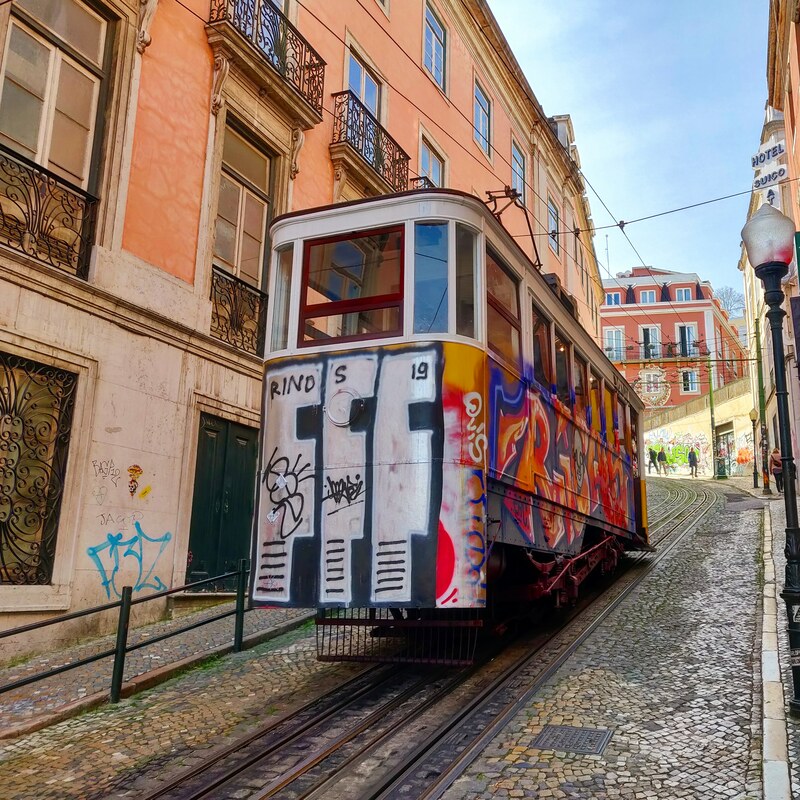
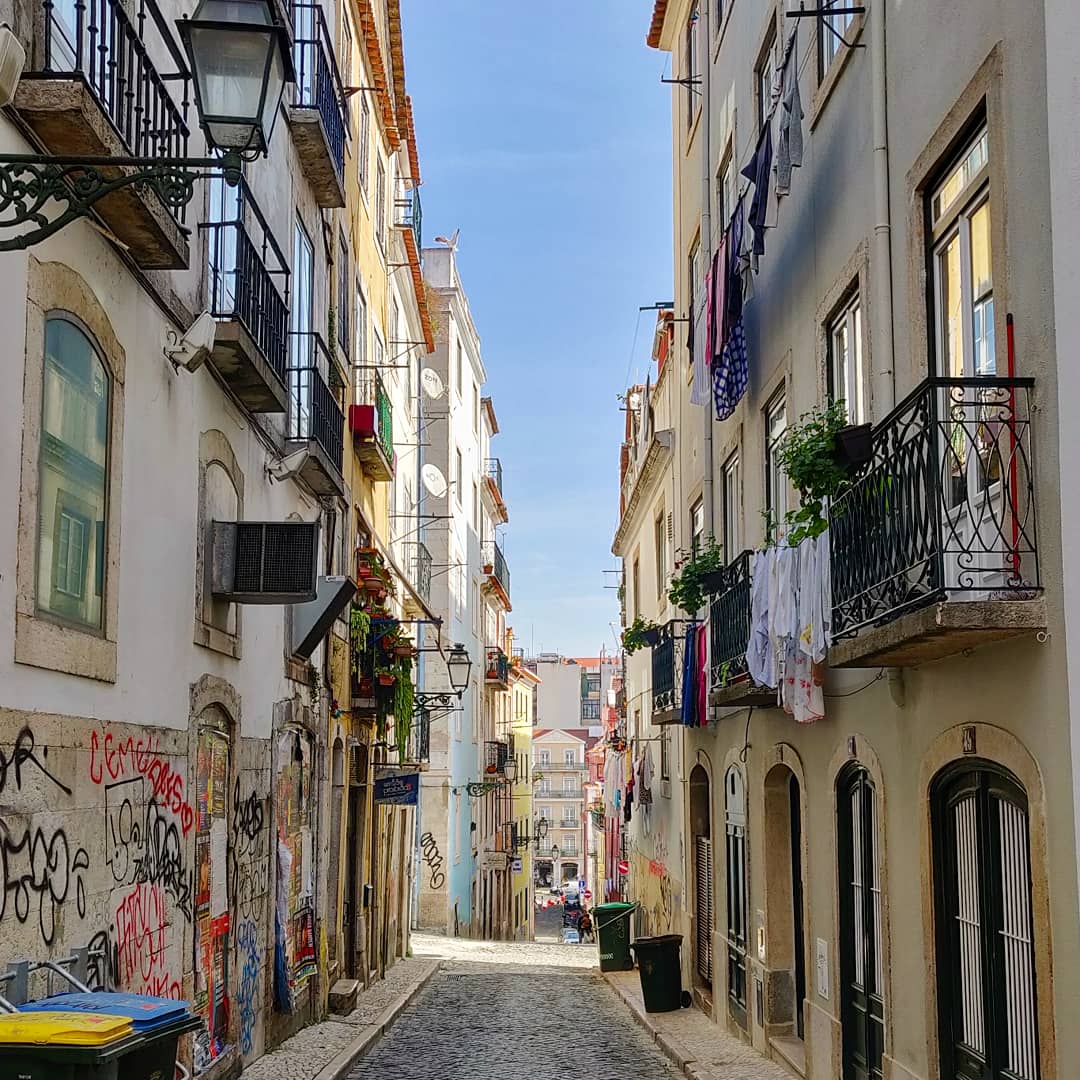
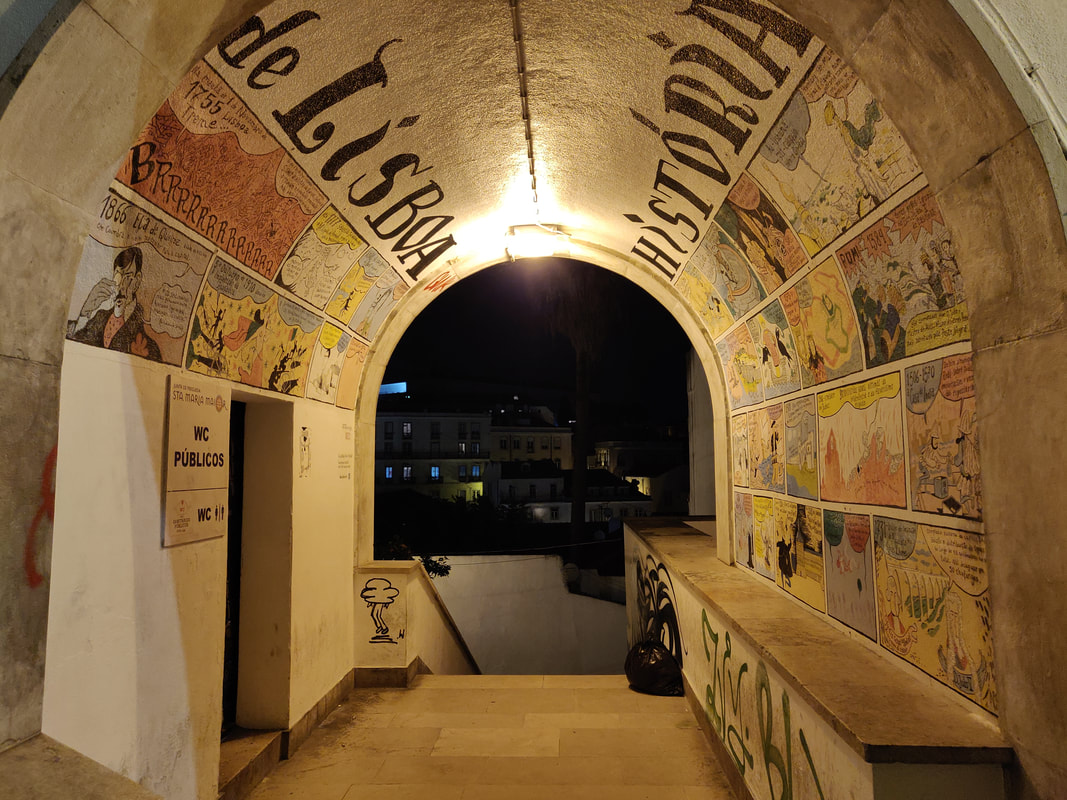
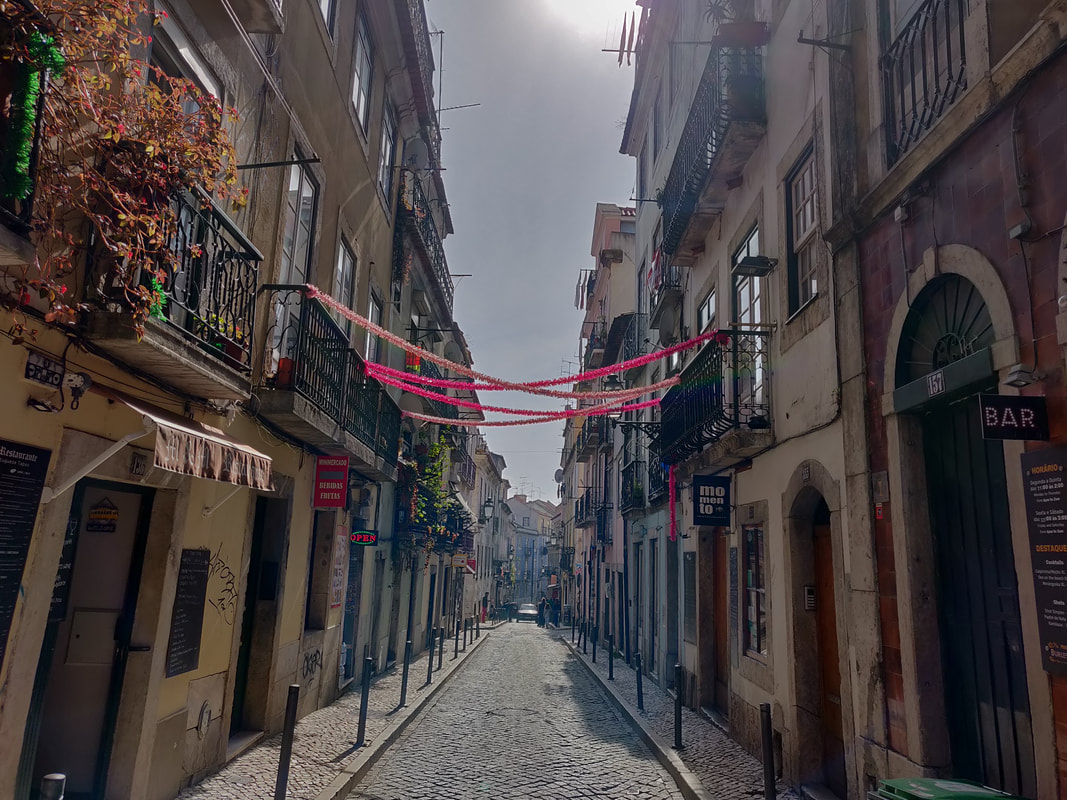
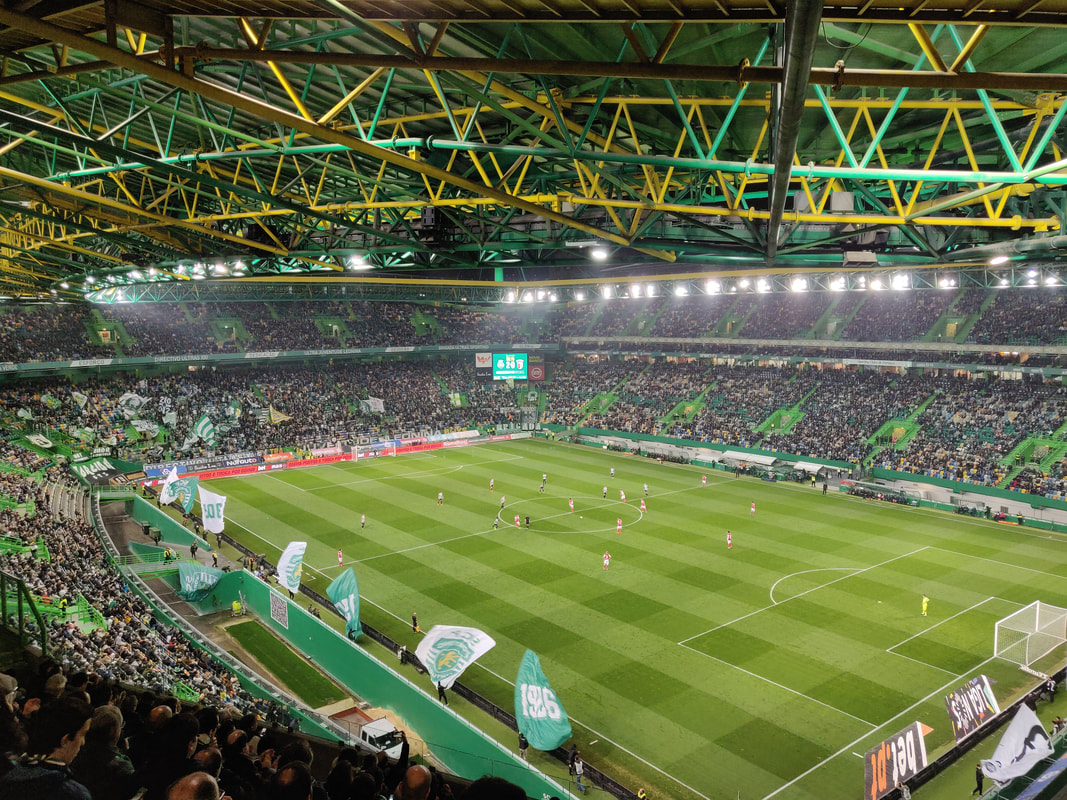
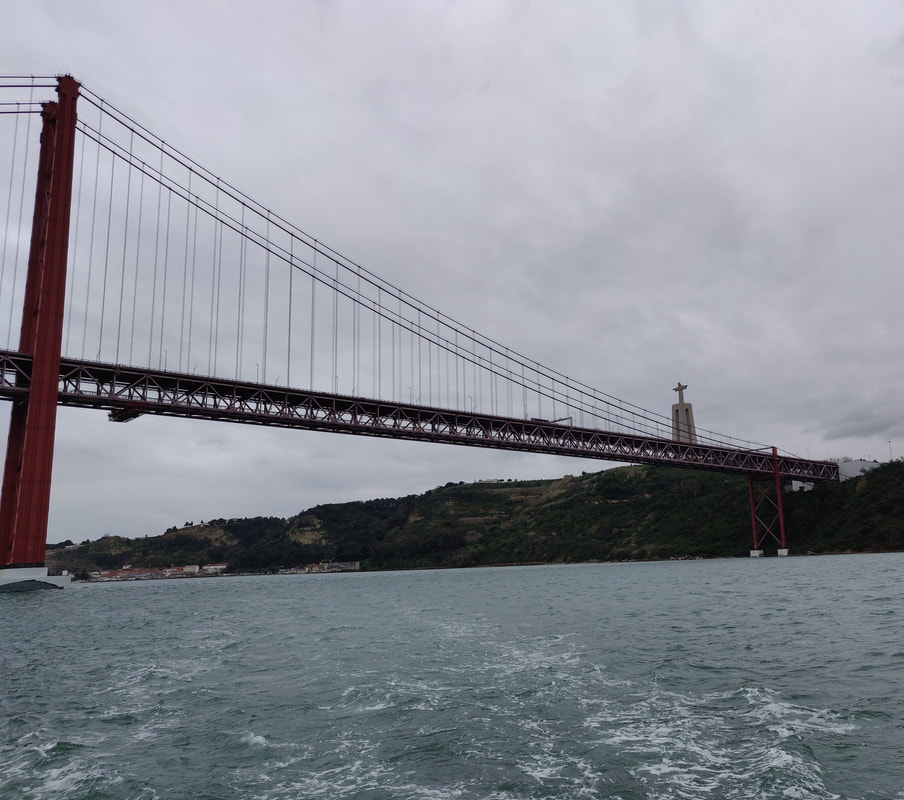
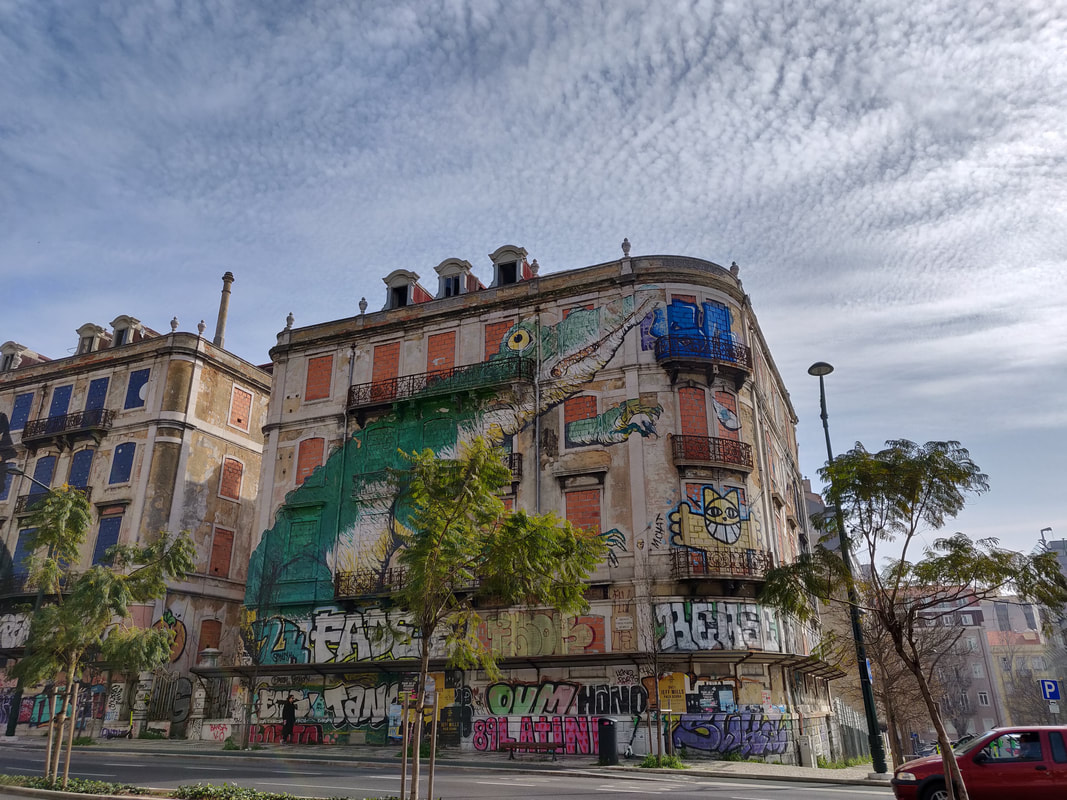
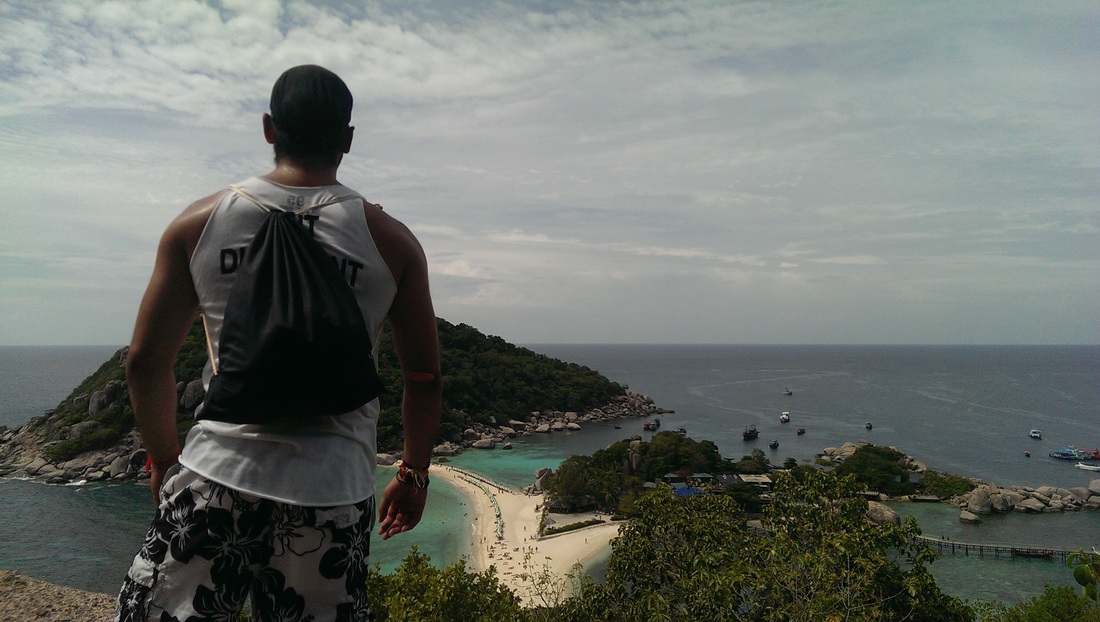
 RSS Feed
RSS Feed